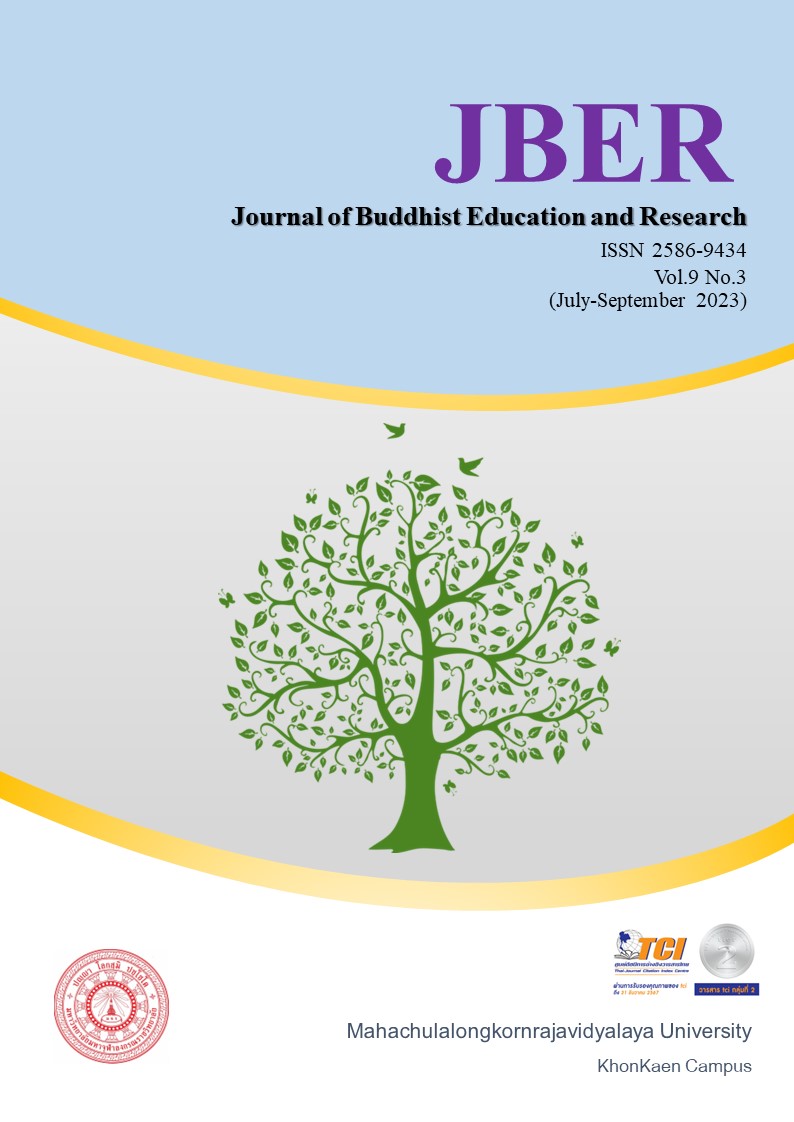RESEARCH ON THE COMMERCIAL INFLUENCE OF SOCIAL CURRENCY ON PERCEIVED QUALITY
Abstract
The electronic age has transformed consumers into knowledge disseminators.
Instagram provides a good platform for consumers, and the interaction between consumers has
become a new channel for receiving business information. Sharing and disseminating a large
amount of information on online social platforms has made the way to measure brand must
change. How consumers comment on brands has become much more important than the active
communication of brands in the past. This study uses the framework of Internet generation
brand measurement - "Social Currency", which is further divided into social interaction and
social benefits. This study incorporates these dimensions into the discussion to understand the
degree of correlation. Discuss the influence of the term social currency, which is derived from
the interaction of consumers through the online community, on the perceived quality. The
perceived quality is divided into two aspects: product quality and service quality and discusses
"electronic word-of-mouth" from a business perspective. The influence of "brand trust" on
"product quality" and "service quality". The research results show that different levels of
interaction in the social currency will affect different levels of relationships. The higher the
level of interaction, in addition to gaining benefits, it can further affect the formation of higherlevel relationships such as a sense of belonging and identity. In addition, electronic word-ofmouth will positively affect product quality and service quality through brand trust, and it is explained that consumers on online community platforms have a greater impact on perceived
service quality than perceived product quality.
References
Ananda, A.S., Hernández-García Á., Acquila-Natale, E., & Lamberti,L. (2019). What makes
fashion consumers ‘click’? Generation of eWoM engagement in social media. Asia
Pacific Journal of Marketing and Logistics.
Cappelli, P., & Keller, J. R. (2013). Classifying Work in the New Economy. Academy of
Management Review, 38: 575-596.
Chaudhuri, A. and Holbrook, M. B. (2001), The chain of effects from brand trust and brand
affect to brand performance: The role of brand loyalty, Journal of Marketing, Vol. 65 No.
: 81-93.
Giddens, A. (2001). Social Interaction and Everyday Life. Sociology, 4th ed. :78–103.
Kirmani, A. and Zeithaml, V. (1993) Advertising, Perceived Quality, and Brand Image. In:
Aaker, D.A. and Biel, A.L., Eds., Brand Equity & Advertising: Advertising’s Role in
Building Strong Brands, Lawrence Erlbaum Associates, Hillsdale, NJ.
Kudeshia, C., & Kumar, A. (2017).Social eWOM: does it affect the brand attitude and purchase
intention of brands? , Management Research Review.
Lobschat, L., Zinnbauer, M. A., Pallas, F. & Joachimsthaler, E. (2013). Why Social Currency
Becomes A Key Driver of A Firm’s Brand Equity–Insights from the Automotive Industry.
Long Range Planning, 46: 125–148.
Parasuraman, A., Zeithaml, V. A., & Berry, L. L. (1985). A conceptual model of service quality
and its implications for future research. Journal of Marketing, 49(4): 41–50.
Parasuraman, A., Zeithaml, V.A. and Berry, L.L. (1988) SERVQUAL: A Multiple-Item Scale
for Measuring Consumer Perceptions of Service Quality. Journal of Retailing, 64, 12-40.
Vivaldi Partners Group. (2012). How brands and businesses can prosper in a digitally
connected world.
Zinnbauer, M. & Honer, T. (2011). How Brands Can Create Social Currency–A Framework
for Managing Brands in a Network Era. Marketing Review St.Gallen, 28(5)





